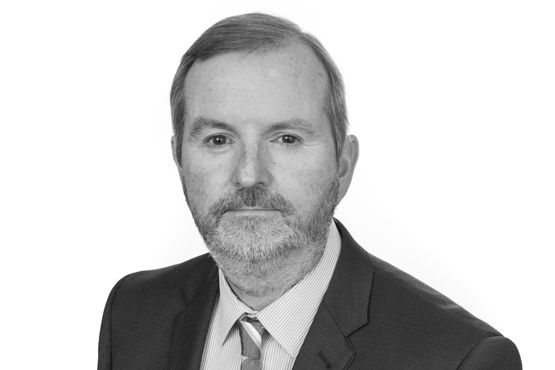
By Lance Pupelis, Head of Fixed Income, Equity Trustees
Decades ago, renowned economist John Maynard Keynes opined that when the facts changed he would change his mind. For us at Equity Trustees, now is one of those times.
In spite of our view that the Australian economy is actually okay (albeit sluggish over the last six or so months), and that stellar jobs growth seemed to confirm that "all is well", the speech on 21 May by RBA Governor Lowe clearly paved the way for a rate cut in June. Historically, where there is one rate cut there is usually a second, so we suspect that by November a follow-up cut may have occurred, cutting rates 0.5% to a fresh record low here of 1.00%.
Inflation has been below the RBA target band for an extended period of time. Although jobs growth has been strong, the unemployment rate at 5.2% (latest read) is relatively high compared to the USA, currently at just 3.6%. In both of our economies, wages growth is muted and inflation remains low and well-contained. Eurozone jobs growth also continues briskly without any inflationary implications for now.
In our view, RBA Governor Lowe suggests that perceived measures of full employment in Australia (circa 5% unemployed) have not delivered meaningful wages uplift or inflation, so perhaps something else is going on globally, not just locally. On this basis perhaps, the RBA Governor believes he can give the Australian economy a bit more of a push with rate cuts and see if he can’t get the unemployment rate even lower. In our interpretation of his speech – why not test the boundaries a bit while the (inflation) going is good?
In terms of the outlook, we know that fiscal stimulus is coming post the election with tax cuts, targeted spending and ongoing infrastructure spending, and APRA announced plans to ease bank lending criteria by suggesting lower interest rate thresholds when assessing repayment obligations. APRA’s announcement is essentially another policy easing. Now add an interest rate cut - or two - from the RBA...
Combined, these should see economic growth gather momentum through the rest of this year and into 2020, with ongoing jobs growth further lowering the unemployment rate, hopefully generating some wages uplift and, over time, returning inflation to the RBA 'target' nearer 2.5%.
In terms of fixed income markets, the rolling 12-month return of the market benchmark to April was a very respectable 7.9%. This was fueled by the capital gains associated with the rally to lower yields over the past six months. This rally has dropped fixed income market yields today to around 1.7%. That means if nothing much happens for the next 12 months, we expect a 1.7% return from fixed income markets. Fresh record yield lows will be required to deliver better outcomes.
Our view is that thanks to the combined effect of all the stimulus outlined above, a better growth outlook can be expected into 2020. That means the best of returns is 'in the tin' for fixed income markets. The market is already pricing in two rate cuts with the November cash futures at 1.00% compared to the current RBA cash rate of 1.50%. One-year government bonds are just 1.2%. Prospective fixed income returns are likely to be far lower as a result, however, fixed income will remain an important diversifier of risk and provide potential capital stability within investment portfolios given the increasing uncertainties around the US/China trade war outcome and the resultant impact across financial and trade markets.